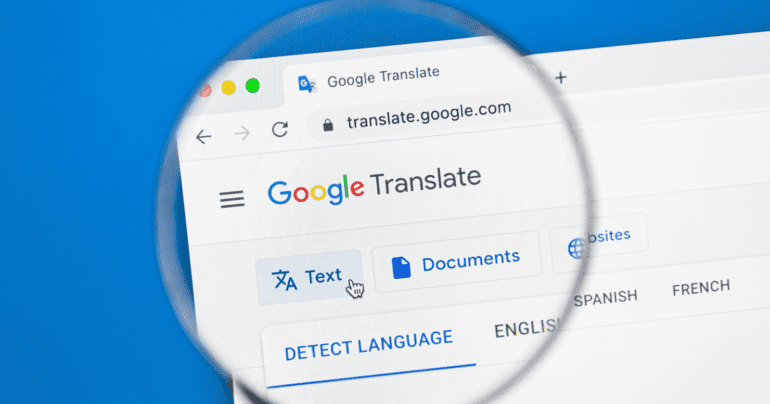TL;DR:
- Google introduces a new AI translator, Audio-Palm, that can speak in the user’s voice.
- The AI model recognizes, processes, and generates text and speech with impressive accuracy.
- It outperforms existing systems for speech translation, presenting a leap forward in translation quality.
- Users only need to provide a short spoken prompt to personalize the AI translator.
- The combination of the AI language model Palm and AI audio generator Audio-LM powers Audio-Palm.
- While the technology holds great potential for multilingual communication, there are still limitations to its real-time usage.
- Integration of Audio-Palm into Google Translate is yet to be confirmed.
Main AI News:
In the realm of translation apps, artificial intelligence (AI) is spearheading a new era, and Google’s groundbreaking translation project is determined to dismantle language barriers with its innovative AI model that speaks on your behalf.
Recently unveiled, Google’s Audio-Palm AI model for translation possesses the remarkable ability to recognize, process, and generate both written text and spoken language. However, the most astounding feature lies in its capability to mimic the user’s unique voice.
During a captivating demonstration, scientists showcased the fruits of their labor by orchestrating a dialogue among individuals conversing in different languages. To everyone’s amazement, the AI seamlessly translated their voices into spoken English, ensuring fluid and effortless communication.
While Google Translate has trailed behind competitors like DeepL in terms of translation quality, the developers of this cutting-edge model affirm that it “surpasses existing systems for speech translation” by a significant margin.
Remarkably, users are not burdened with extensive training to mold the AI translator’s voice to match their own. According to the developers, only a “brief spoken prompt” is required to personalize the translation experience.
Audio-Palm represents the amalgamation of two powerful AI models: Palm, the AI language model, and Audio-LM, the AI audio generator. Palm is also utilized in Google’s popular chatbot, Bard.
Envision a world where individuals effortlessly converse in multiple languages at parties or workplaces. While this concept sparks excitement, it is important to note that users would likely need to complete their sentences before the translation process commences. At present, there is no indication regarding the integration of Audio-Palm into Google Translate, leaving users eagerly anticipating its potential implementation.
Conclusion:
Google’s groundbreaking AI translator, Audio-Palm, represents a significant leap forward in breaking down language barriers. With the ability to speak in the user’s own voice, this innovative technology holds great potential for seamless multilingual communication. The improved translation quality and simplified training process give Google an edge in the market, outperforming existing systems. However, real-time usage limitations and the uncertainty of integration into Google Translate indicate that further developments are still needed to fully capitalize on this technology. Nonetheless, this advancement opens up new horizons for businesses and individuals seeking effortless communication across languages.

